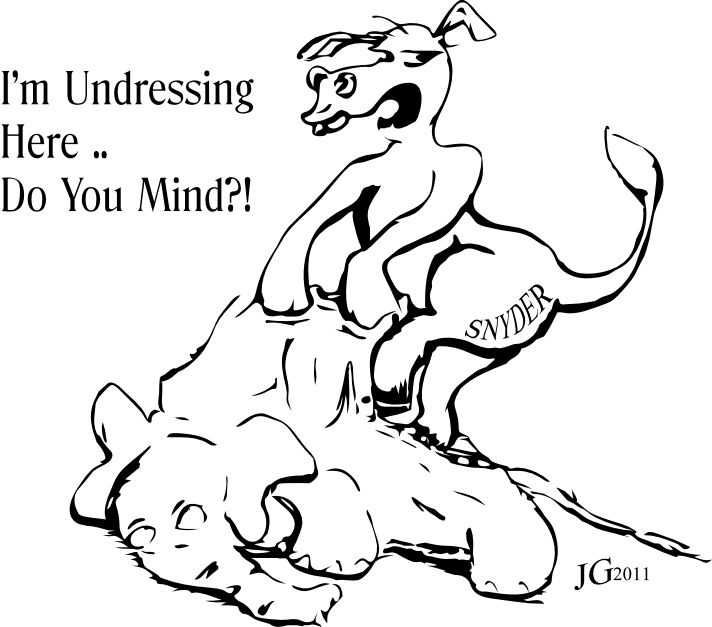
 |
NAVIGATION
|
NEWS TIPS!RightMichigan.com

Who are the NERD fund donors Mr Snyder?Tweets about "#RightMi, -YoungLibertyMI, -dennislennox,"

 |
The "Investment" ArgumentBy Republican Yankee, Section News
Granholm Arguments on "Investing" in Citizens Don't Add Up.
In her most recent State of the State Address, Governor Granholm cited Wisconsin and Minnesota as examples for Michigan to follow. Granholm mentioned that these two states have many similarities to Michigan but are doing much better economically. Granholm concluded that these were the direct results of Wisconsin and Minnesota choosing to "invest" in their citizens.
Indeed, Granholm has kept up on the investment warpath. In all of her town hall meetings, the governor uttered the word more than 20 times (yes, I actually counted). But critics, specifically Jack McHugh of the Mackinac Center for Public Policy, has pointed out that "invest" is simply a key word for taxing and spending, an economic strategy that would ultimately destroy Michigan's economic fabric, which now hangs by only a single string. The whole debate peaked my curiosity, so I decided to take a look at some statistics and crunch some numbers. The results demonstrate that contrary to the governor's arguments that Michigan will never be the cheapest place in the world to do business, taxes matter, and those who "invest" in their citizens do not always come up winners. This gets a bit wonkish, so bear with me. The first thing that I looked at was tax burden rankings (from the Tax Foundation) as they relate to job growth (from the Bureau of Labor Statistics). In order to "invest" you need revenue, and in order to get revenue (under Granholm's plan), you need to tax. Granholm understands this and as a result proposed the two-penny tax on services that business groups almost unanimously agreed would have a negative impact on their ability to compete. The business groups were right. The top 10 job-growth states* have an average tax burden ranking of 26th. Another note on this group, the top six states are the only states with double-digit job growth rates and are all right-to-work states. The bottom 10 job-growth (2*) states have and average tax burden ranking of 13th. Another note on this group, 9 out of 10 of these states are not right-to-work states. By the way, the examples the governor used in Wisconsin and Minnesota ranked 36th and 29th respectively in job-growth. Not sure that those states serve as the best examples for job growth. Clearly, these numbers show that states with lower taxes are performing better in creating jobs than those states with higher taxes. This is even easier to see when you look at it this way: The 10 states(3*) with the highest tax burdens have an average job-growth rate of 3.23%. The 10 states(4*) with the lowest tax burdens have an average job-growth rate of 6.73%. The result: Taxes matter! And raising them will only hurt Michigan, not help it. But before we leave it at that, let's talk about "investment" for each state in terms of expenditures per capita. This is older data that was collected by Kaiser Health Statistics in 2004. I was unable to find more recent data, so I used 2004 economic numbers as well. Again, the results do not favor Granholm's philosophy. In 2004, the top ten states in expenditures per capita (5*) had an average unemployment rate of 5.03%. In 2004, the bottom ten states in expenditures per capita(6*) had an average unemployment rate of 4.94%. What this data shows is the insignificant impacts that "investing" in our citizens would have on the general economy. So if the job loss headlines weren't enough, here's some more ammunition for us all that shows Granholm is bad for Michigan. *from best to worse: Nevada, Arizona, Utah, Wyoming, Idaho, Florida, Hawaii, Montana, New Mexico, Washington. 2*from better to worst: Rhode Island, New Jersey, Illinois, Connecticut, Indiana, Maine, Massachusetts, Louisiana, Ohio, Michigan. 3*from highest to lower: Connecticut, New York, New Jersey, Washington, Minnesota, Massachusetts, Maine, Rhode Island, California, Illinois 4*from higher to lowest: West Virginia, Idaho, Montana, South Dakota, New Mexico, Tennessee, Oklahoma, Mississippi, Alaska, Alabama 5*from highest to lower: Alaska, West Virginia, Hawaii, Wisconsin, Connecticut, Delaware, Rhode Island, Vermont, New York, New Mexico. 6*from higher to lowest: New Hampshire, Idaho, Utah, Georgia, Missouri, Maryland, Florida, Colorado, Nevada, Texas.
The "Investment" Argument | 15 comments (15 topical, 0 hidden)
The "Investment" Argument | 15 comments (15 topical, 0 hidden)
|